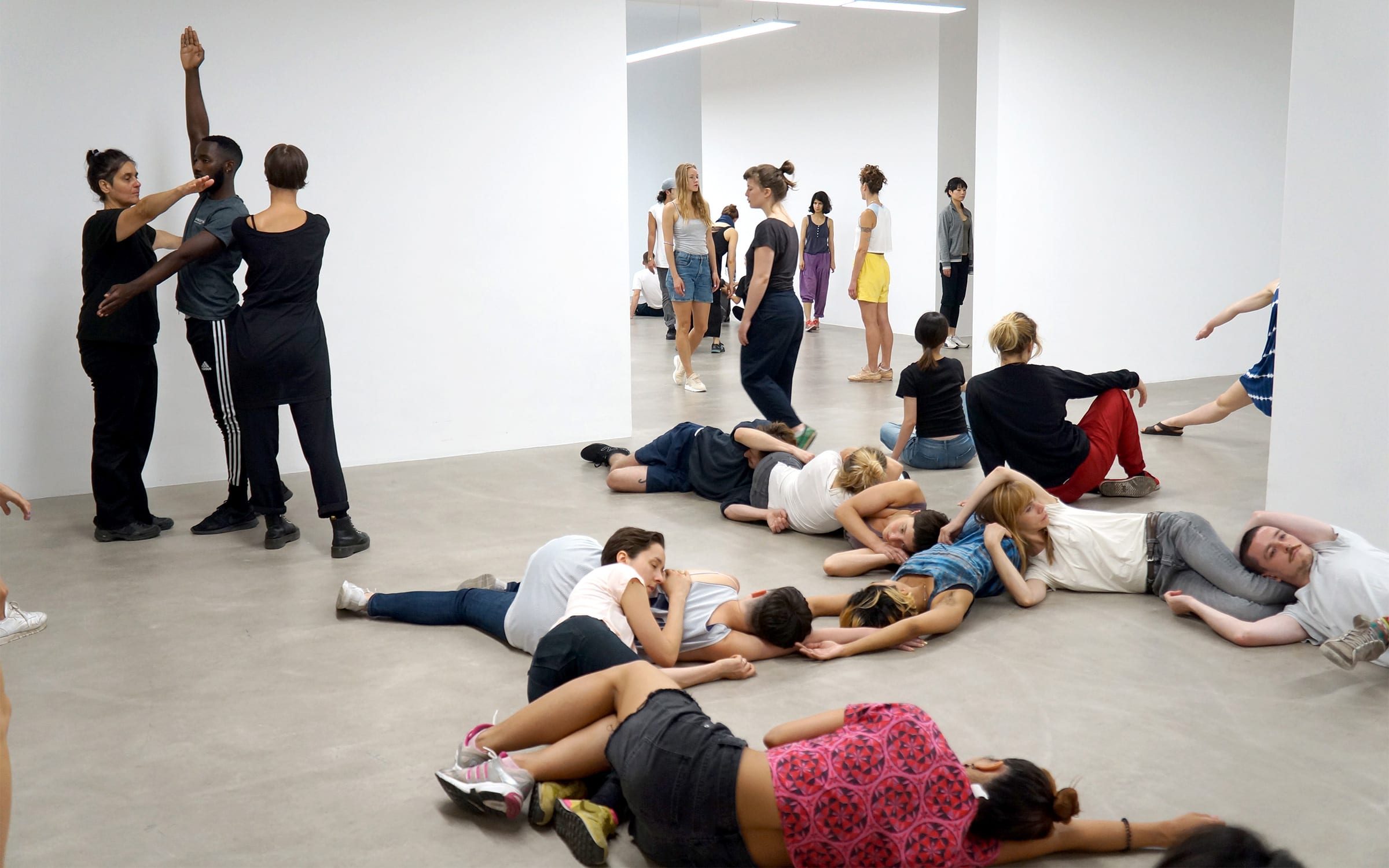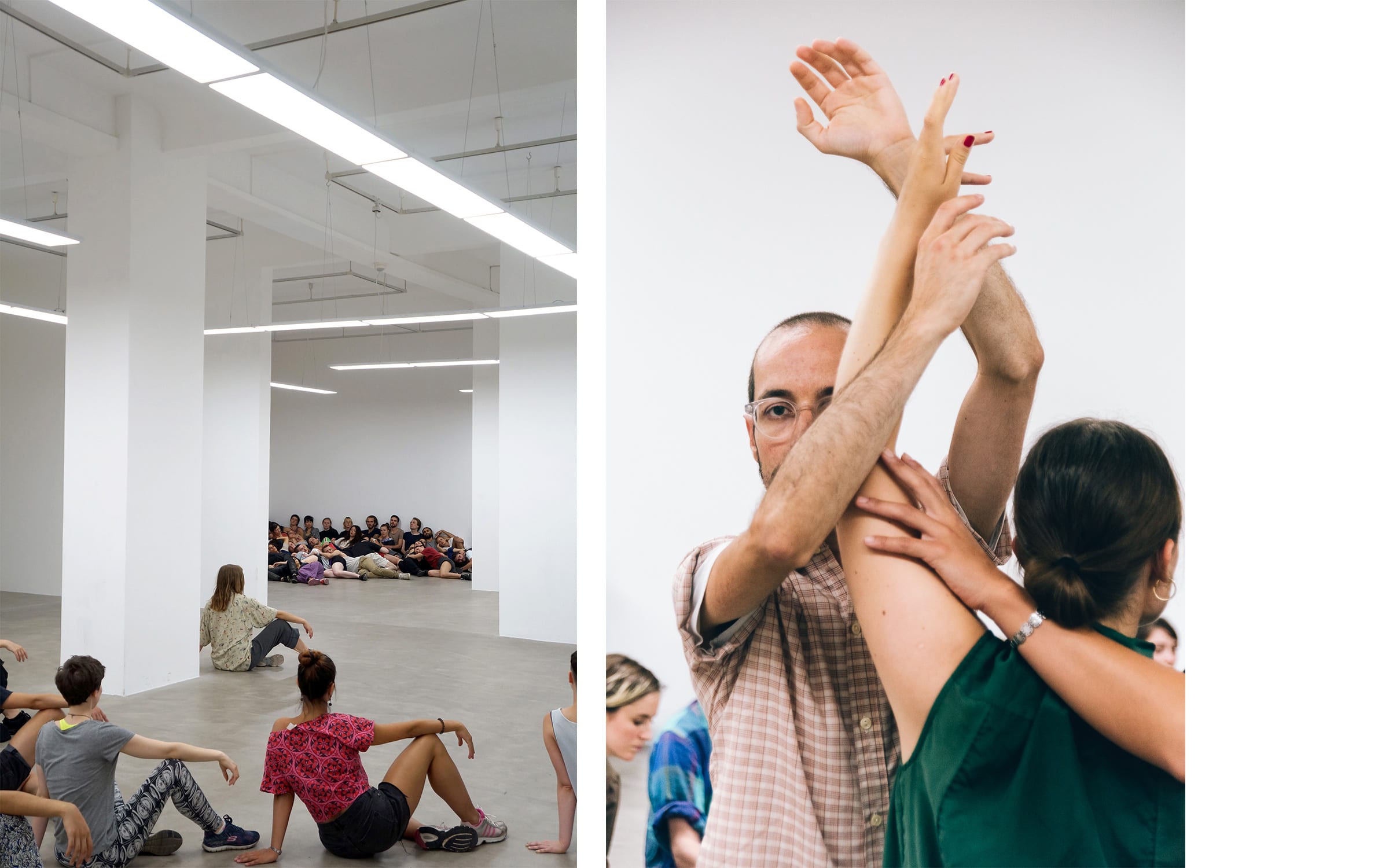Melden Sie sich an oder richten Sie ein Benutzer*innen-Konto ein. So können Sie Art Basel Stories abonnieren und direkt in Ihren Posteingang bekommen.


Melden Sie sich an oder richten Sie ein Benutzer*innen-Konto ein. So können Sie Art Basel Stories abonnieren und direkt in Ihren Posteingang bekommen.

